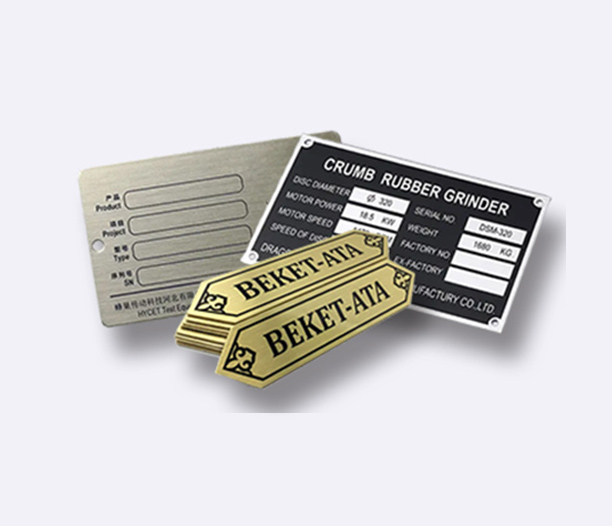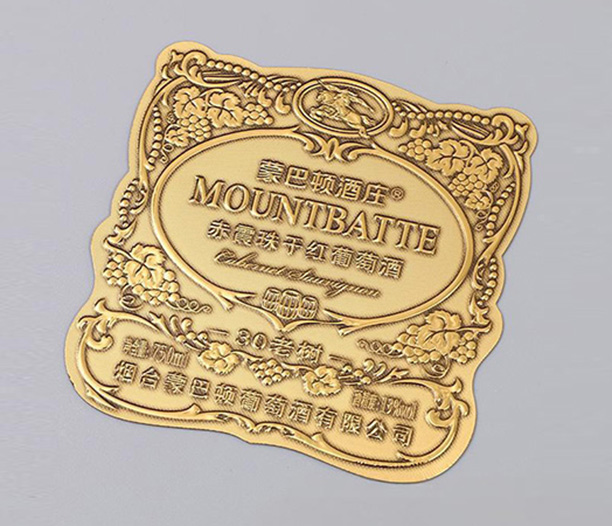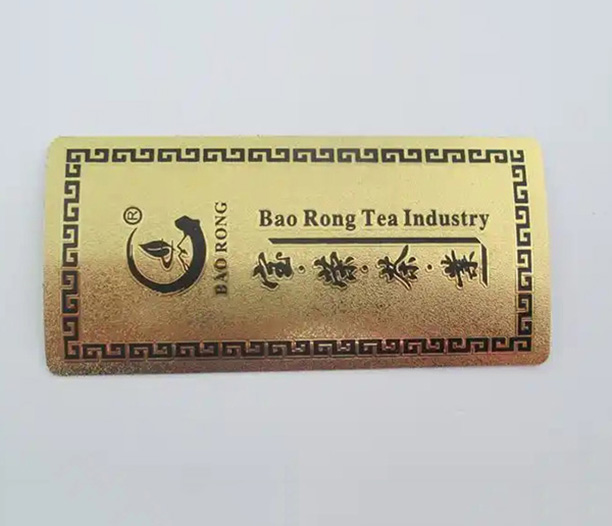When it comes to branding, equipment labeling, or industrial identification, fade-resistant metal nameplates are the unsung heroes of durability. These tough little plates withstand weather, chemicals, and daily wear while keeping your message legible for years. But not all metal nameplates are created equal. Before you swipe that credit card, let’s break down what really matters in a high-quality fade-resistant option.
1. Material Matters: The Backbone of Fade-Resistant Performance
Let’s start with the basics—what’s your nameplate made of? Fade-resistant metal nameplates typically use three main materials:
- Stainless Steel: The MVP for outdoor or harsh environments. It laughs at rust and handles UV rays like a champ.
- Aluminum: Lightweight but still tough, especially when anodized. Perfect if you need corrosion resistance without the heft.
- Brass/Bronze: The classic choice for upscale branding. Develops a patina over time but holds details like nobody’s business.
Pro Tip: Ask suppliers about specific alloy grades. For example, 304 vs. 316 stainless steel matters big time in salty or chemical-heavy areas.
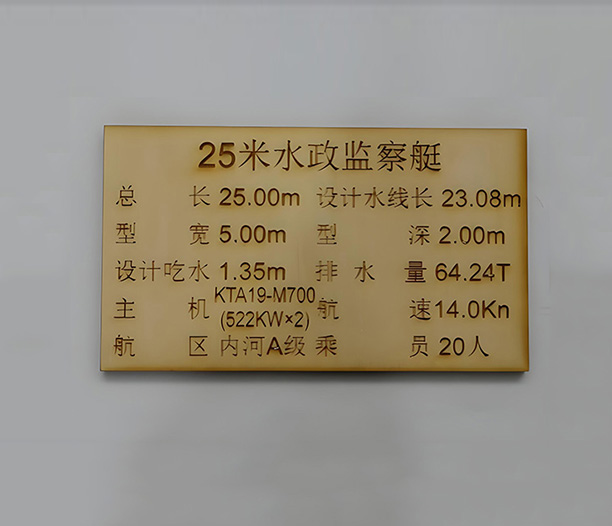
2. The Coating Game: Your Secret Weapon Against Fading
Even the best metal needs backup. That’s where protective coatings come in—they’re like sunscreen for your nameplate. Look for:
- Powder Coating: Thicker than your average paint job, it bonds to the metal at high temps. Bonus: Comes in every color under the sun.
- Anodizing (for aluminum): Electrochemically toughens the surface. Makes colors pop while fighting scratches and UV damage.
- Epoxy Resins: The heavy-duty option for chemical plants or labs. These babies handle acids and solvents like it’s NBD.
Watch Out: Cheap clear coats yellow over time. Always ask for UV-stable coatings if outdoor use is on the menu.
3. Engraving Methods: More Than Just Pretty Letters
How your text and logos get onto those fade-resistant metal nameplates makes all the difference:
- Chemical Etching: Digs into the metal itself. Colors won’t peel because, well, there’s nothing to peel.
- Laser Engraving: Pixel-perfect precision. Great for tiny serial numbers or complex logos.
- Screen Printing/Domestic: Only consider UV-cured inks here—they’re the only ones tough enough to avoid cracking or fading.
Fun Fact: Deep engraving (at least 0.005") helps maintain readability even if surface coatings wear down eventually.
4. Environmental Stress Test: Will It Survive Your World?
Before committing to fade-resistant metal nameplates, play detective with your intended environment:
- Outdoor Warriors: Demand IP67+ waterproof ratings and salt spray test results (500+ hours is solid).
- Chemical Exposure: Check MSDS sheets against the coating’s chemical resistance chart.
- Temperature Swings: Can it handle -40°F to 300°F without cracking or warping? Many can!
Real Talk: That "fade-resistant" claim means squat unless it’s tested to MIL-STD-810G or equivalent standards.
5. Supplier Red Flags: Don’t Get Scammed
The market’s flooded with suppliers promising "premium" fade-resistant metal nameplates. Here’s how to spot the pros vs. the cons:
- Ask for accelerated weathering test reports (QUV testing is gold standard).
- Demand material certifications—real 304 stainless shouldn’t cost the same as mystery metal.
- Check if they do in-house prototyping. Fast turnaround on samples = better quality control.
PS: If they can’t explain their etching/coating process in plain English, walk away.
6. Maintenance Myths: What Actually Works
Even fade-resistant products need some TLC. Here’s the lowdown:
- Cleaning: Mild soap + water only. Abrasive scrubbers? Big no-no—they’ll wreck coatings.
- Re-Coating: Some suppliers offer touch-up services for heavily worn plates.
- Installation: Use non-corrosive fasteners. Stainless screws prevent ugly rust streaks.
Surprise: Many high-end fade-resistant metal nameplates actually look better with light aging—adds character without losing function.
7. Cost vs. Value: Why Cheap Plates Cost More Long-Term
Let’s talk dollars. Yes, premium fade-resistant nameplates might cost 20-30% more upfront. But consider:
- Replacement labor costs (climbing that equipment again ain’t free).
- Brand reputation damage from peeling labels.
- Regulatory fines if safety info becomes unreadable.
Bottom Line: A 50nameplatethatlasts15yearsbeatsa50nameplatethatlasts15yearsbeatsa30 one needing replacement every 2 years.
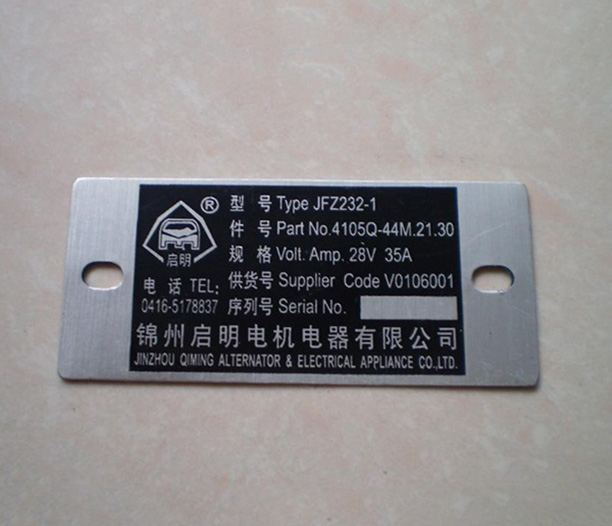
The Final Checklist Before You Buy
Copy-paste this for your next supplier chat:
☑️ Material certification (ASTM/SAE standards)
☑️ QUV tested for UV resistance (1,000+ hours ideal)
☑️ Chemical compatibility chart for coatings
☑️ Minimum 5-year warranty against fading
☑️ Non-yellowing clear coats (if applicable)
Wrapping It Up
Fade-resistant metal nameplates aren’t just labels—they’re long-term investments in your brand’s professionalism and operational safety. By focusing on verified materials, proven coatings, and reputable suppliers, you’ll get plates that stay legible long after the warranty expires. Remember: In the world of industrial labeling, "buy cheap, buy twice" isn’t just a saying—it’s a costly reality.
Now go forth and get those nameplates that’ll outlast your competition’s!



